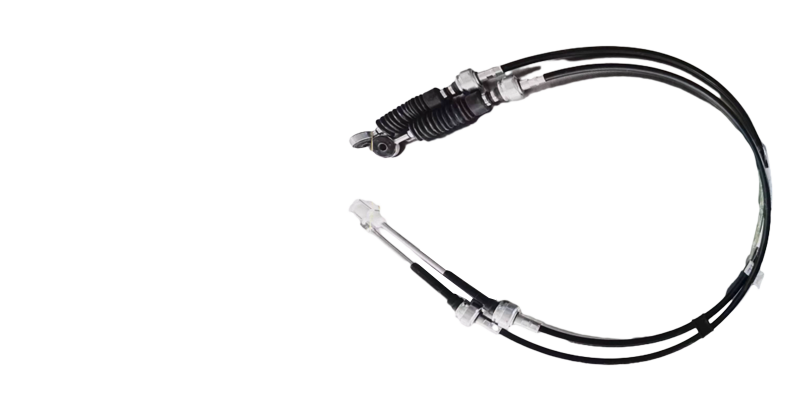Adjusting and Maintaining Your Hand Brake Cable for Optimal Performance
Understanding Hand Brake Cables Essential Components for Vehicle Safety
The hand brake, often referred to as the emergency brake or parking brake, is a crucial element in a vehicle’s braking system. It ensures that the car remains stationary when parked, preventing any involuntary movement, especially on inclines. One of the key components that enable this functionality is the hand brake cable. In this article, we will delve into the importance of hand brake cables, how they function, common issues that may arise, and when to replace them.
What Is a Hand Brake Cable?
The hand brake cable is a steel cable that connects the hand brake lever (usually located between the front seats) to the brake mechanism on the rear wheels. When the driver engages the hand brake, the lever pulls on the cable, which then tightens and pulls the brake shoes or pads against the brake drum or rotor, creating the necessary friction to immobilize the vehicle.
Importance of Hand Brake Cables
Hand brake cables are vital for vehicle safety. They provide an additional layer of security in case the primary braking system fails. If a driver encounters a situation where the main brakes malfunction, a functional hand brake can prevent the car from rolling away, potentially avoiding accidents or injuries. Moreover, hand brakes are designed to hold the weight of the vehicle, making them indispensable for parking on slopes or uneven surfaces.
How Do Hand Brake Cables Work?
The operation of hand brake cables is quite straightforward. When the hand brake lever is pulled, it creates tension in the cable, which is routed to the brake assembly. This tension is what engages the brakes at the rear wheels. The cable runs through a series of pulleys and brackets, allowing smooth movement without binding or excessive friction.
hand brake cable

One of the notable features of hand brake cables is their adjustability. Over time, with regular use, the cable may stretch, causing the hand brake to become less effective. Many vehicles come equipped with an adjustment mechanism that allows drivers or mechanics to tighten the cable to maintain effective braking performance.
Common Issues with Hand Brake Cables
Despite their durability, hand brake cables can experience issues. Common problems include fraying or breaking of the cable, rust or corrosion in outdoor environments, or improper adjustments. If the hand brake feels loose or ineffective, it is essential to inspect the cable for damage or wear.
Another issue might be the failure of the cable sheath, which protects the cable from dirt and moisture. When the sheath is damaged, it can lead to faster wear of the cable itself, resulting in a compromised braking system.
Signs It’s Time for a Replacement
Ideally, hand brake cables should be inspected regularly, especially if you notice any of the following symptoms a loose hand brake lever, the inability to hold the vehicle stationary, unusual noises when engaging the hand brake, or visible wear to the cable itself. If any of these signs are present, it is wise to consult with a mechanic. Ignoring these warnings can lead to more severe problems and potentially dangerous situations.
Conclusion
Hand brake cables are an essential part of any vehicle, ensuring safety and security when parking. Understanding their function and maintenance can help avoid unexpected failures. Regular inspections and timely replacements can prevent accidents and ensure that the vehicle remains safe to operate. As vehicle technology continues to advance, understanding traditional components like the hand brake cable remains vital for every car owner.
-
Workings of Clutch Pipe and Hose SystemsNewsJun.04,2025
-
The Inner Workings of Hand Brake Cable SystemsNewsJun.04,2025
-
The Secrets of Throttle and Accelerator CablesNewsJun.04,2025
-
The Hidden Lifeline of Your Transmission Gear Shift CablesNewsJun.04,2025
-
Demystifying Gear Cables and Shift LinkagesNewsJun.04,2025
-
Decoding Clutch Line Systems A Comprehensive GuideNewsJun.04,2025
